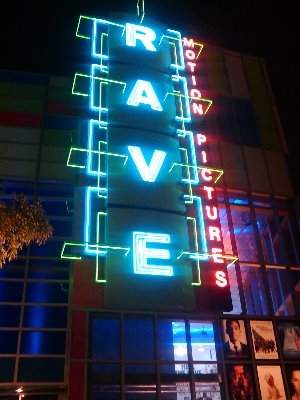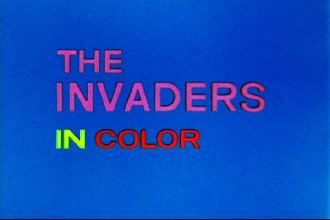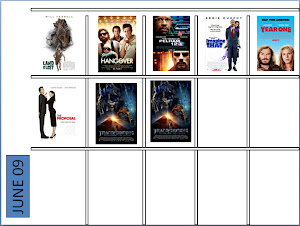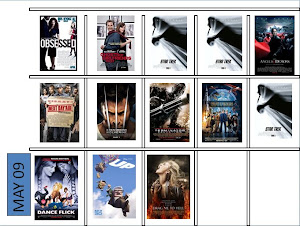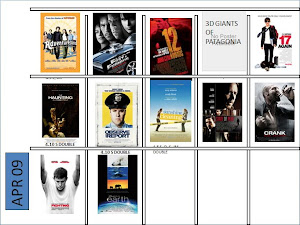
In their Film Studies Two class, students take on building the first act of an original screenplay. To this end, they have to learn some fundamental filmic storytelling structures and concepts. While the exercises they undertake tend to be relatively simplified, they acquire the basic tools to create as sophisticated a story as they want (and in many cases, their story concepts tend to be commercially viable). One of the first exercises is to create the characters for their movie, and they base their decisions on the character types delineated by Frank Danielle in his study of America film structure since the blockbuster era, and distilled by Michael Hauge in his Writing Screenplays That Sell. The four basic character types are: the hero, the nemesis, the reflection, and the romance. One of the most basic rules is that film characters should fall into one of these categories, and cannot switch categories. The reasoning behind this tenet is that these specific character types provide the most efficient and organic means of telling a filmic story, and constructs a structural matrix supporting emotional response from the audience. If characters switch categories, it becomes a point of confusion and / or frustration for the audience, which has invested emotional time rooting for the hero and fearing / hating the nemesis. THE UNINVITED, out this week in theatres, violates the “no switch” rule to the core, and the result is confusion to a point I haven’t witnessed since Statham and Li in WAR. In the screening I attended, several teen age girls began to shout at the screen that they didn’t understand what was going on. Literally. They then began a conversation while the rest of the audience was shaking its collective head and looking at each other, trying to work their way through the plot they had just seen. (Definitely NOT the response the filmmakers want, I'm sure...) Later, after leaving a screening for a different movie, I saw a small clique of teenagers from a different viewing of THE UNINVITED standing outside their theatre -- like an adolescent think tank -- trying to decipher what had happened in the last ten minutes of the movie. They desperately wanted to understand; they were rooting for this movie and for the hero, but felt cheated by their experience . Now, confusion is easy to create – it is not a mark of the uber creative or imaginative. The Hollywood “twist” at the end of the movie is the easiest and most commonly corrupted technique in any art, more often than not justified as some kind of superior cleverness.



















